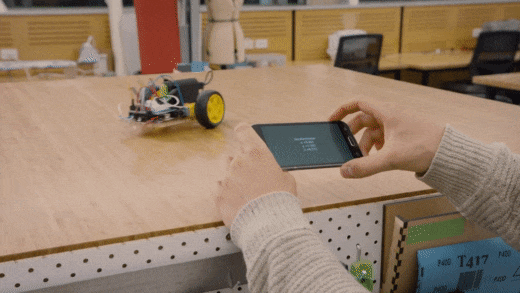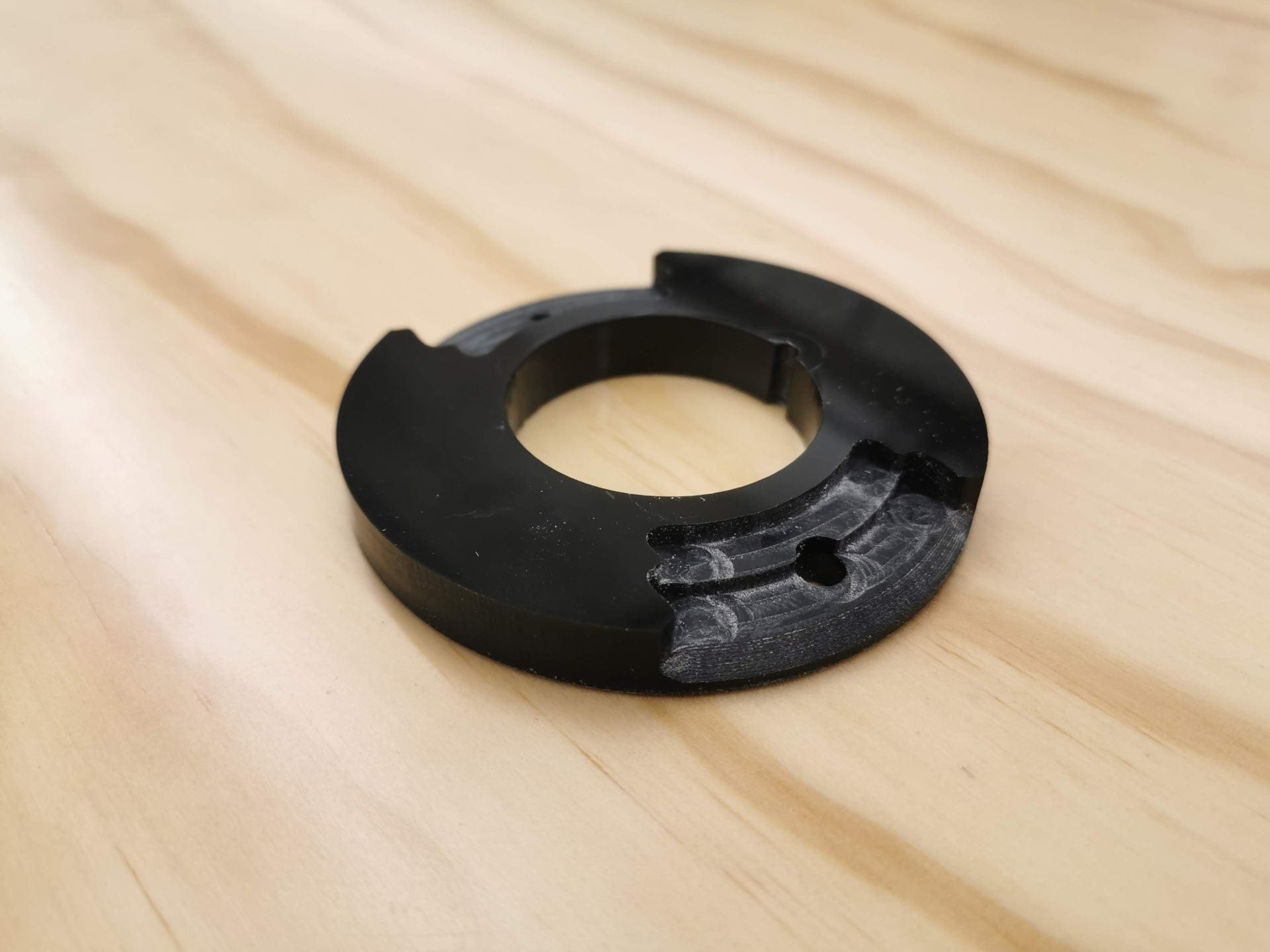
Welcome to the Design Technicians website
Kia ora!
Welcome to the DesignLab website! This is the virtual home of the design technicians and where we post useful information, links, and articles related to Design.
Please check back on a regular basis and feel free to contact the technicians with all of your tech-related questions.
Nga mihi
Our Equipment & Machines
3D Printing
Additive manufacturing technique for rapid prototyping that uses filament
Spatial Computing Lab
Hybrid computer space for film, mocap, and content creation
Soldering Stations
Join two metal surfaces together using solder – used for electronics
Electronics
List of components that we have in the workshop ready for you to purchase
Laser Cutting
Cut and etch into a variety of both flat and round materials/objects
Water Jet Cutting
Similar to a laser cutter but cuts using water at high pressure
CNC Routing
Moving a tool to a specific x, y, and z coordinates to cut away material
Vacuum Forming
Heat up a plastic sheet and form it over your object – good for mould making
Spray Booth
We have 2 types of paint spray-guns that you can use with waterbase paints
Machine & Material Credits
See what materials we have in the lab and purchase them through the CAI store
Sewing Station
Use our craft station complete with an overlocker to create patterns and garments
Embroidery Machine
Our new digital embroidery machine converts digital artwork into textiles
Vinyl/Sticker Cutting
Print and cut out custom stickers and vinyls that can be used for decorations
Badge Making
Easily create custom badges with a variety of backing options
Cricut Machine
Cut, draw, and emboss different materials with precision
Workshop Calendar
Our standard hours are 9am – 4pm but these can vary depending on deadlines etc.
Meet the Technicians

Jamie
Senior Technician (He/Him)
With a background as a Mechanical and Software Design Engineer, he is a great all-rounder in hands-on creation, digital fabrication, programming microcontrollers, electronics, CAD Design and general tinkering. With special interests in automation, electronics design and vehicle engines.

Aldo
Technician (They/Them)
Electronics and game development master. Aldo has gained industry experience through their NZ game design company along with their tenure at multiple game development companies. They are a tinkerer who is always ready to share their knowledge.

Jillian
Technician (She/Her)
Having worked as a graphic, packaging, and industrial designer, Jillian has industry experience with both digital and physical mediums. She is passionate about silicone and ceramic casting, sewing, 3D printing, and the Adobe Creative Suite.

Where to find us
We are located in the Design Lab within the engineering building 402, level 3, room 340.
The Design Lab is next to the Design Studios and one level under the Unleashed Space.
Our standard hours are 9am – 4pm but these can vary depending on deadlines etc.
Contact Us
For more information, you can drop in or contact us via email at designtech@auckland.ac.nz
This blog is primarily for students at the University of Auckland
Check out our Projects page for tips and tricks
Building a tilt control bluetooth car with processing and arduino
Remote Control Car Overview: This project makes use of an Arduino, a car chassis, a bluetooth module, and an android phone to make a Remote Control Car that is controlled by tilting the phone like a steering wheel. This post is a high level overview of the project and...
Router base insert replacement
This part was a replacement and particularly tricky as it had some tight tolerances. It was made with CAD design, Laser cutting and CNC milling. It could have been 3D printed but the requirements were for it to be thick, hard, flat and smooth on the bottom surface so...
Handy Arduino boards & libraries
This is a repository for good Arduino boards and libraries with links. Arduino IDE Download here They also produce some good introduction tutorials and content. Don't forget that there are a lot of example sketches that come with the Arduino IDE and most...


















